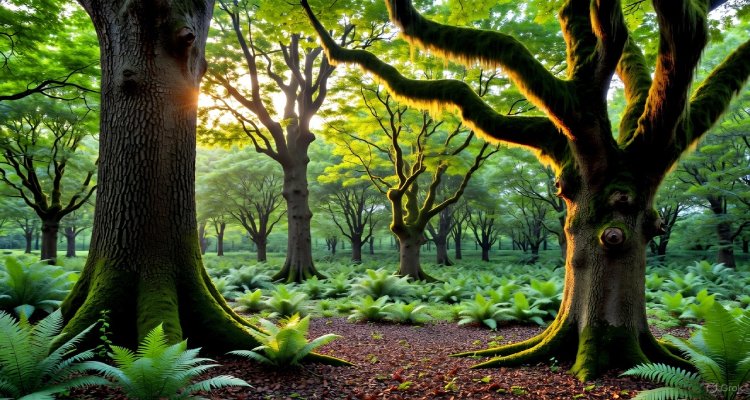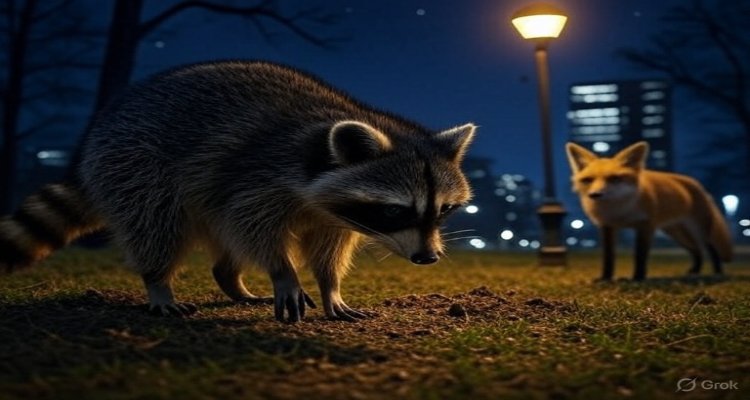The Secret Night Lives of Urban Animals
From raccoons to owls, cities come alive at night with hidden wildlife. Explore how urban animals adapt and thrive after dark.
Introduction: Cities That Never Sleep—And Neither Do Their Wild Residents
When the last train departs, the cafés shut their doors, and neon lights flicker across quiet streets, another city begins to awaken. In the shadows of skyscrapers and beneath the hum of traffic lights, raccoons, foxes, bats, and owls take to the night. These urban animals, often unseen by day, have adapted to thrive in the after-hours world that humans rarely notice. Their secret night lives tell a story of resilience, adaptation, and the surprising biodiversity hidden in plain sight.
Context & Background: The Rise of the Urban Wilderness
Urbanization has long been considered a threat to wildlife, with sprawling development often displacing native species. Yet research shows that many animals don’t just survive in cities—they adapt remarkably well. Streetlights replace the moon, dumpsters substitute for berry bushes, and abandoned lots mimic woodland edges.
According to a study published in Frontiers in Ecology and the Environment, nighttime activity allows animals to avoid human encounters while exploiting food sources created by urban living. For instance, New York City’s raccoons forage through trash bags as efficiently as they would forage in forests, while London’s urban foxes navigate traffic with uncanny precision.
Main Developments: Who Comes Out at Night?
Cities across the globe host their own hidden cast of nocturnal characters:
- Raccoons: Known as the “masked bandits” of North America, raccoons thrive in alleys and backyards, prying open trash cans with dexterous paws.
- Urban Foxes: In London, foxes are now so common that spotting them on a midnight stroll is no rarity. They hunt rodents, scavenge scraps, and even interact warily with humans.
- Owls and Bats: Night skies over cities like Chicago and Berlin come alive with silent wings. Bats feast on insect swarms attracted by streetlights, while owls perch on lampposts, scanning for prey.
- Coyotes and Jackals: In North America, coyotes prowl urban parks, while golden jackals roam the outskirts of New Delhi, blending rural instincts with city resources.
This growing urban menagerie demonstrates how animals use human-altered spaces not as obstacles, but as opportunities.
Expert Insight: How Scientists Interpret Urban Nightlife
“Cities are ecosystems in themselves,” says Dr. Karen White, an urban ecologist at the University of Toronto. “By shifting their activity to the night, animals reduce the risk of conflict with humans and increase their survival chances. It’s an evolutionary adjustment in real time.”
Public reaction often ranges from fascination to frustration. Social media is filled with clips of foxes playing in snow-covered streets or raccoons riding escalators. Yet city residents also report overturned trash bins, mysterious nighttime noises, and encounters that can feel eerie or intrusive.
Impact & Implications: What This Means for Humans and Cities
The secret nightlife of urban animals has broader implications for both conservation and city planning:
- Biodiversity in Cities: The presence of wild species helps maintain ecological balance, controlling rodent and insect populations.
- Human-Wildlife Coexistence: Encounters are becoming more frequent, pushing cities to rethink waste management, green spaces, and lighting.
- Health and Safety: While most urban animals are harmless, some—such as coyotes or raccoons—can spread diseases or pose risks if cornered.
As cities expand, managing coexistence becomes crucial. Wildlife corridors, rooftop gardens, and protected parklands are increasingly seen as strategies to support biodiversity without escalating conflict.
Conclusion: The Night Belongs to More Than Just Us
Long after humans retreat indoors, cities continue to pulse with life—only in a different rhythm. The secret night lives of urban animals remind us that we share our built environments with an entire hidden ecosystem. Their presence challenges the idea of cities as strictly human domains and invites us to see urban landscapes as living, breathing habitats.
As Dr. White notes, “When you hear rustling in the alley or see glowing eyes in the dark, remember—it’s a sign that nature has not abandoned our cities, but learned to live among us.”
Disclaimer : This article is intended for educational and informational purposes only. Wildlife behaviors may vary by region, and interactions with animals should always be approached with caution.











